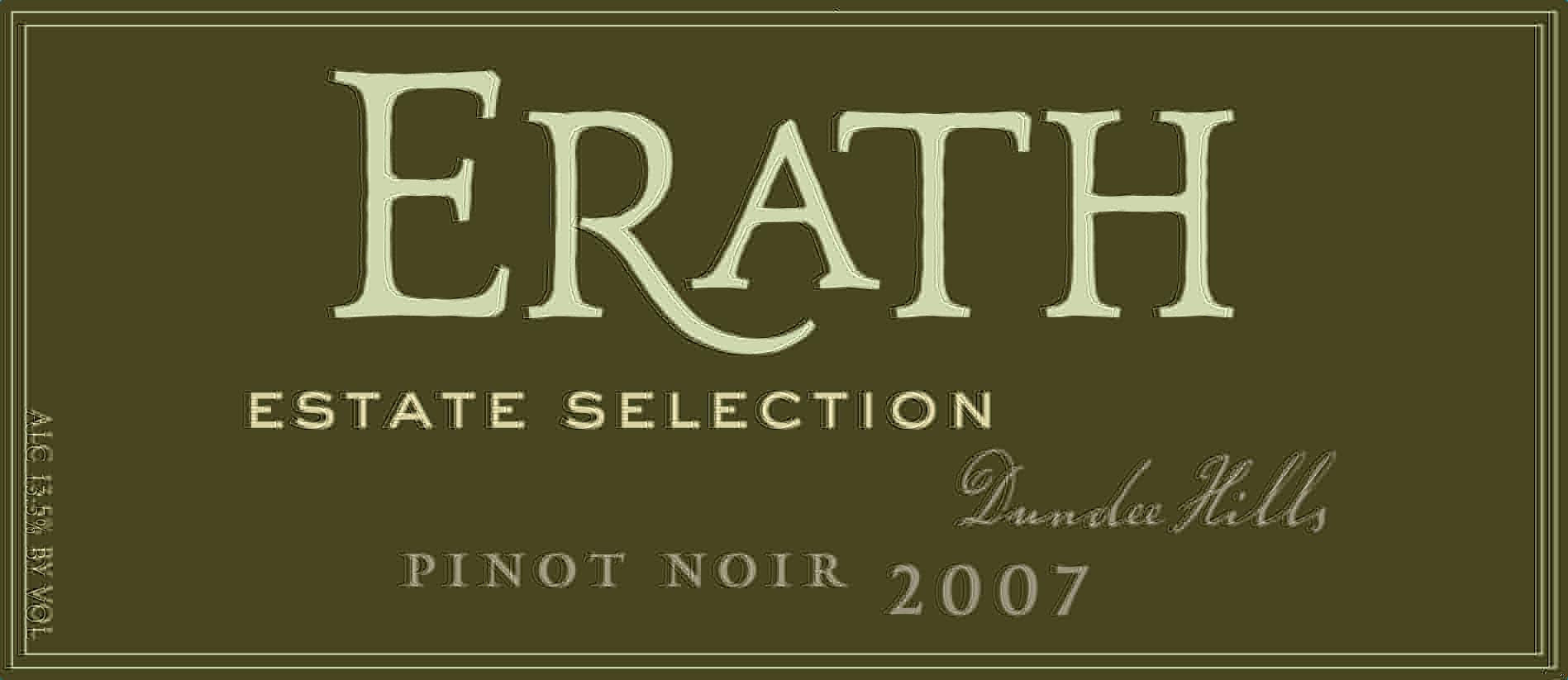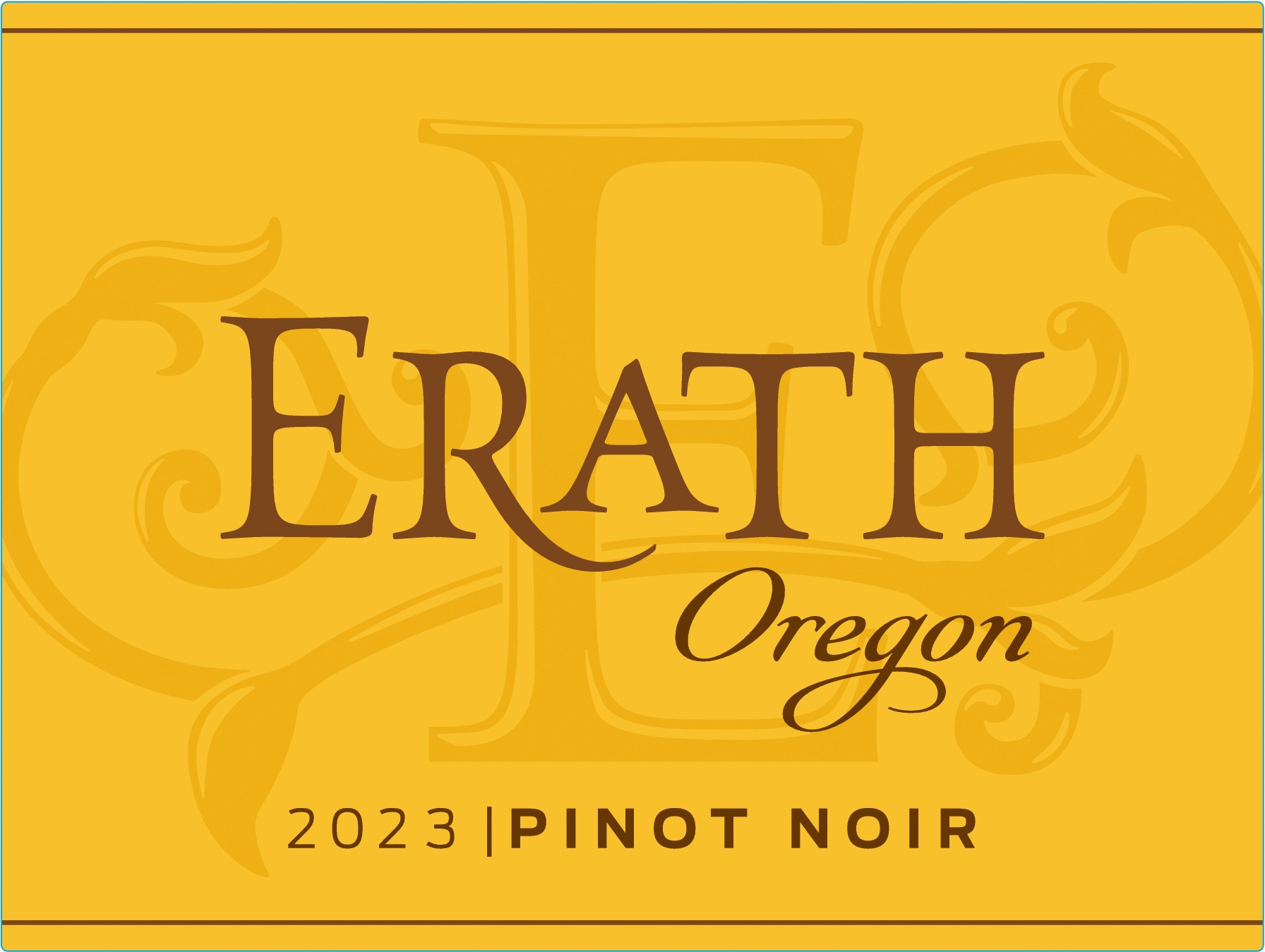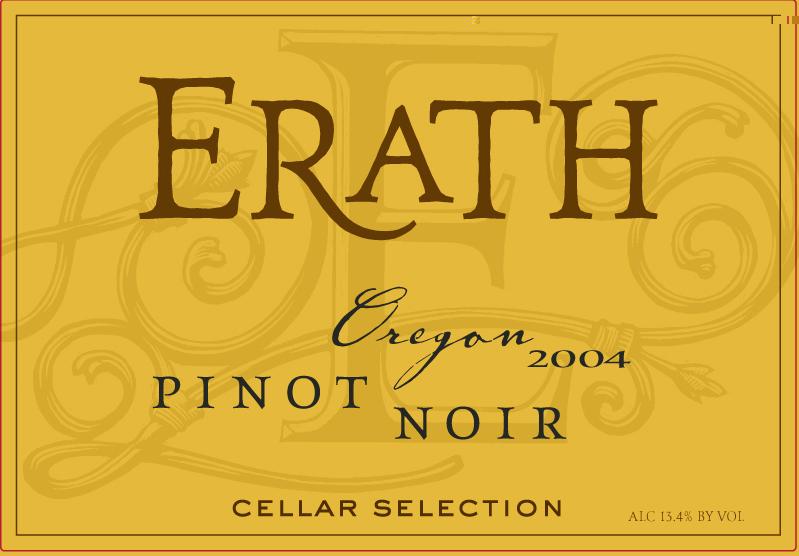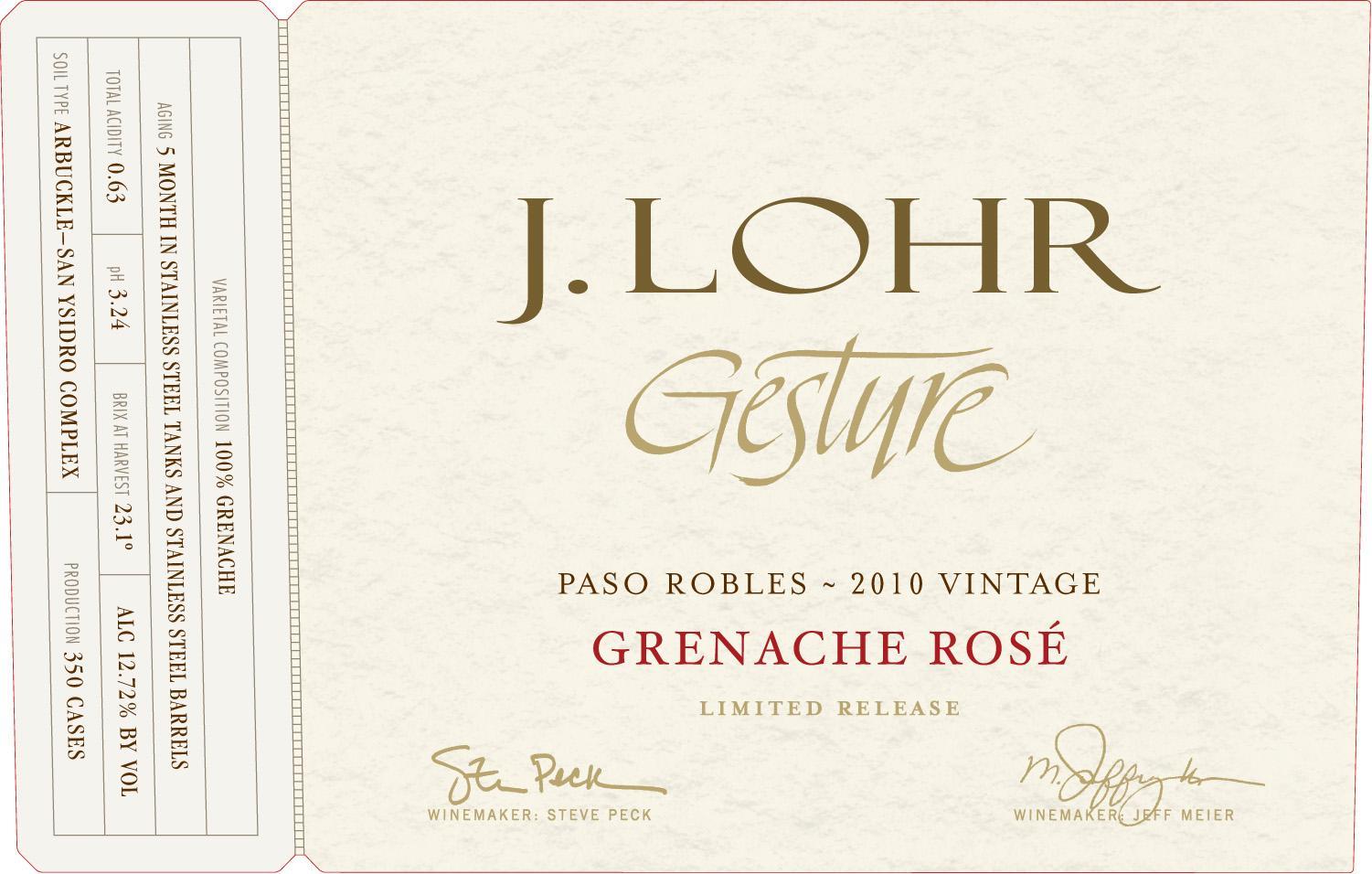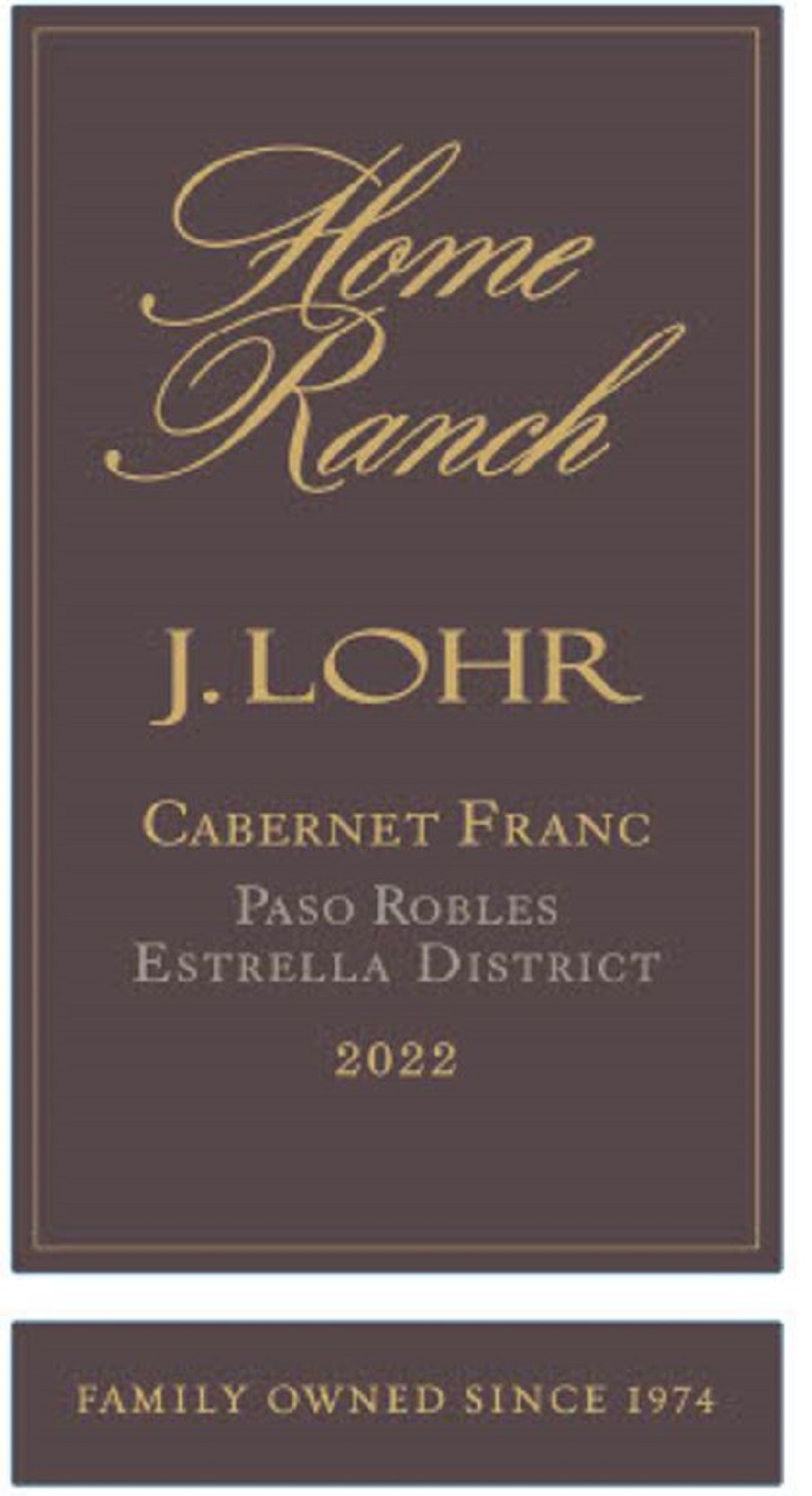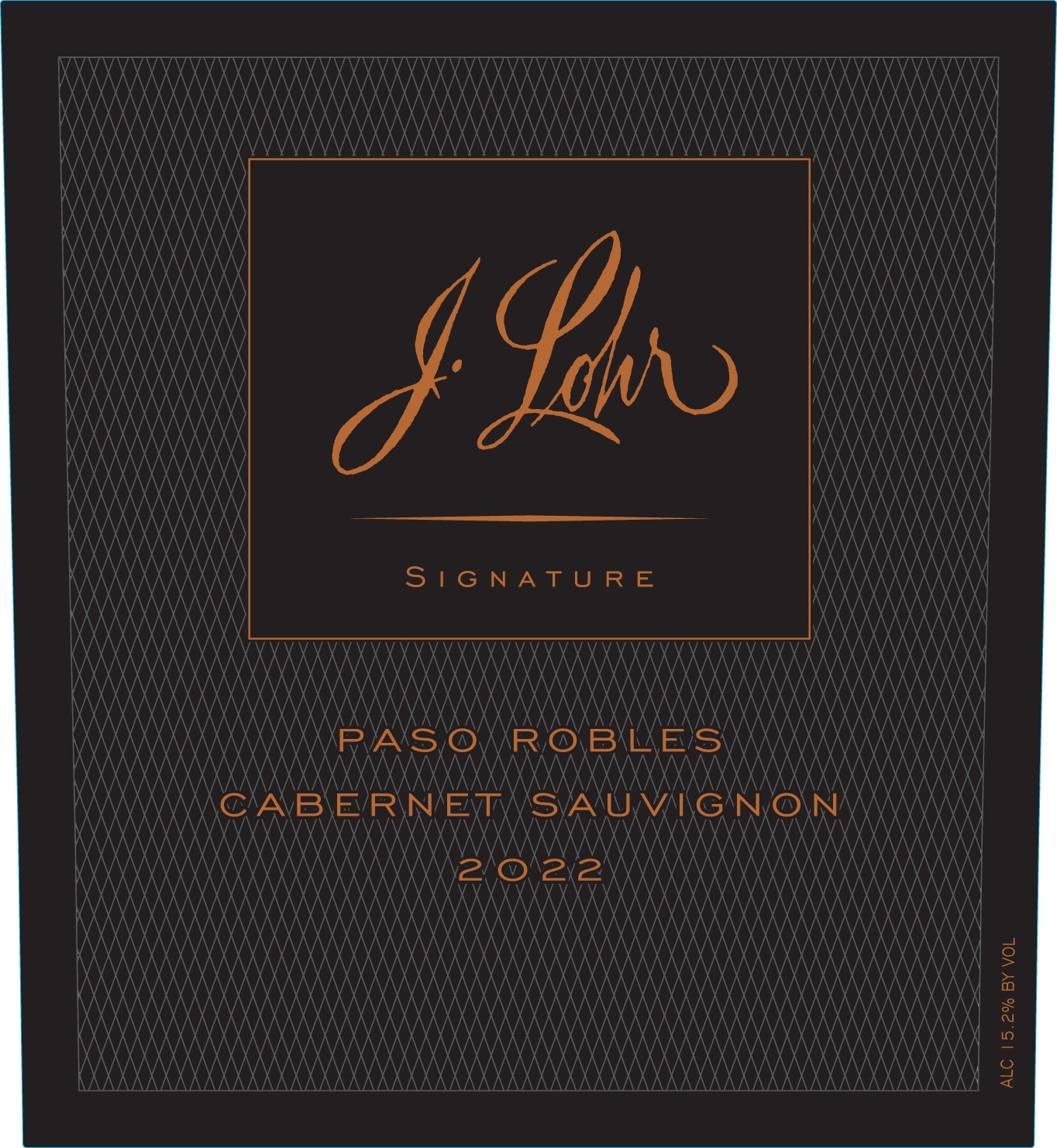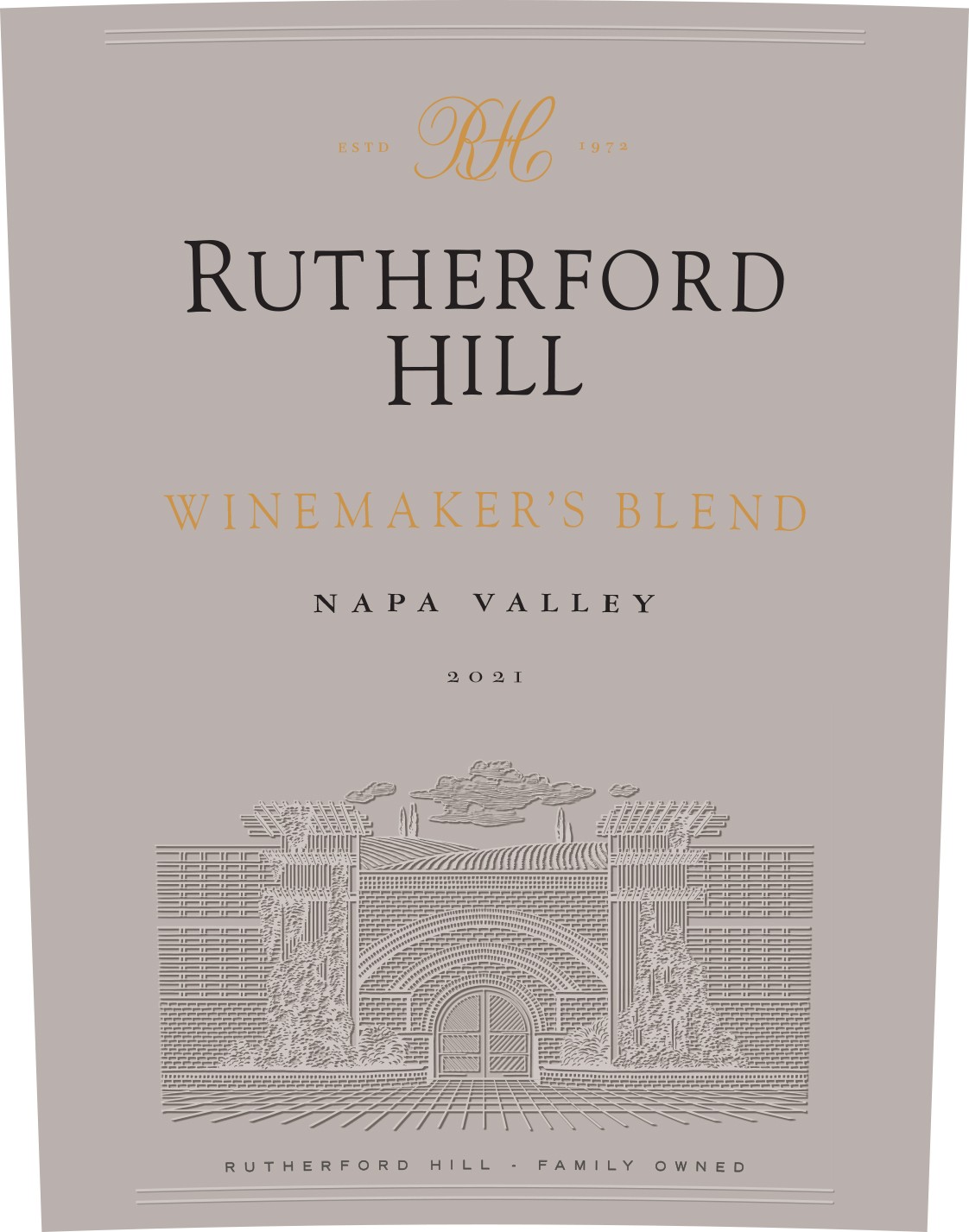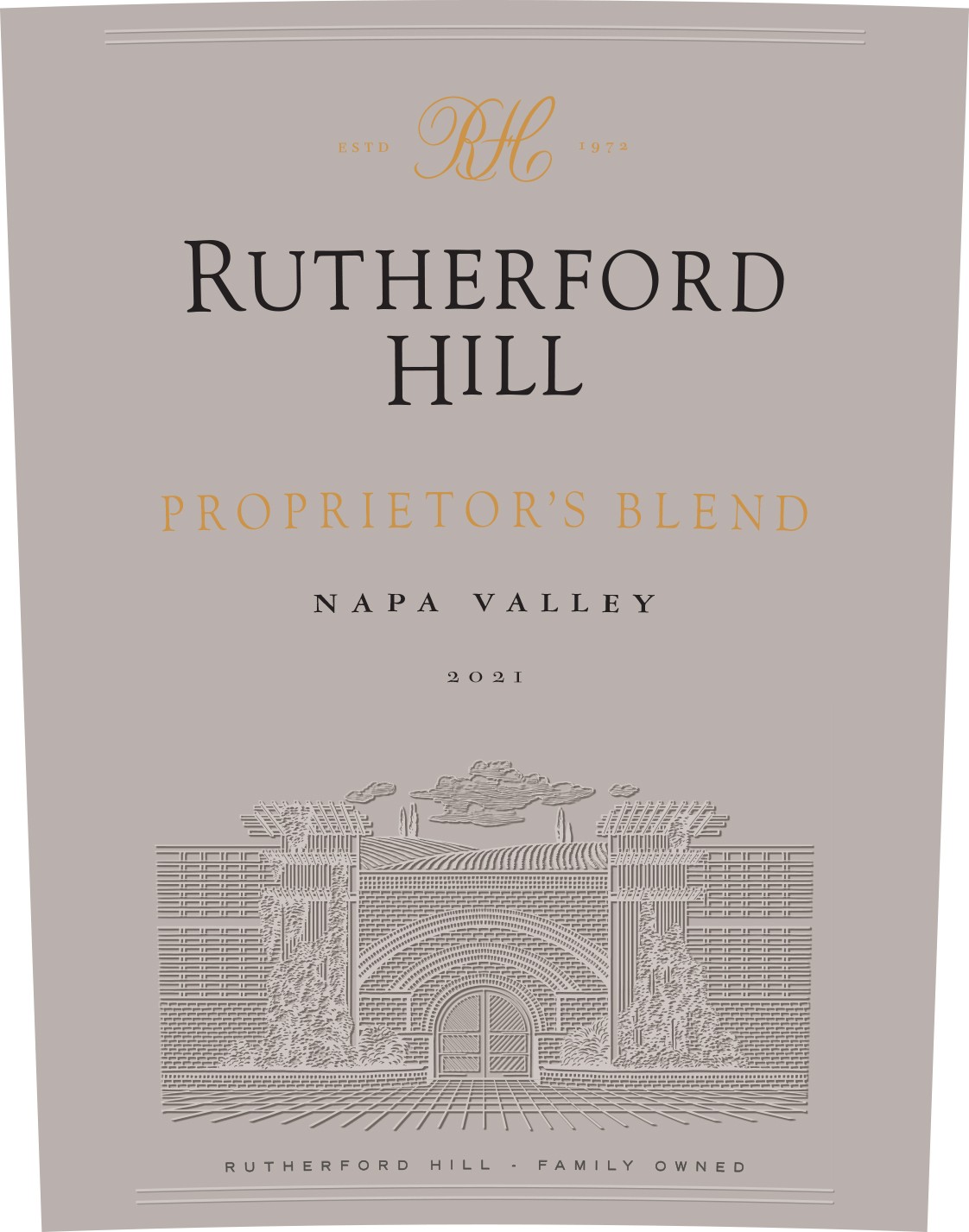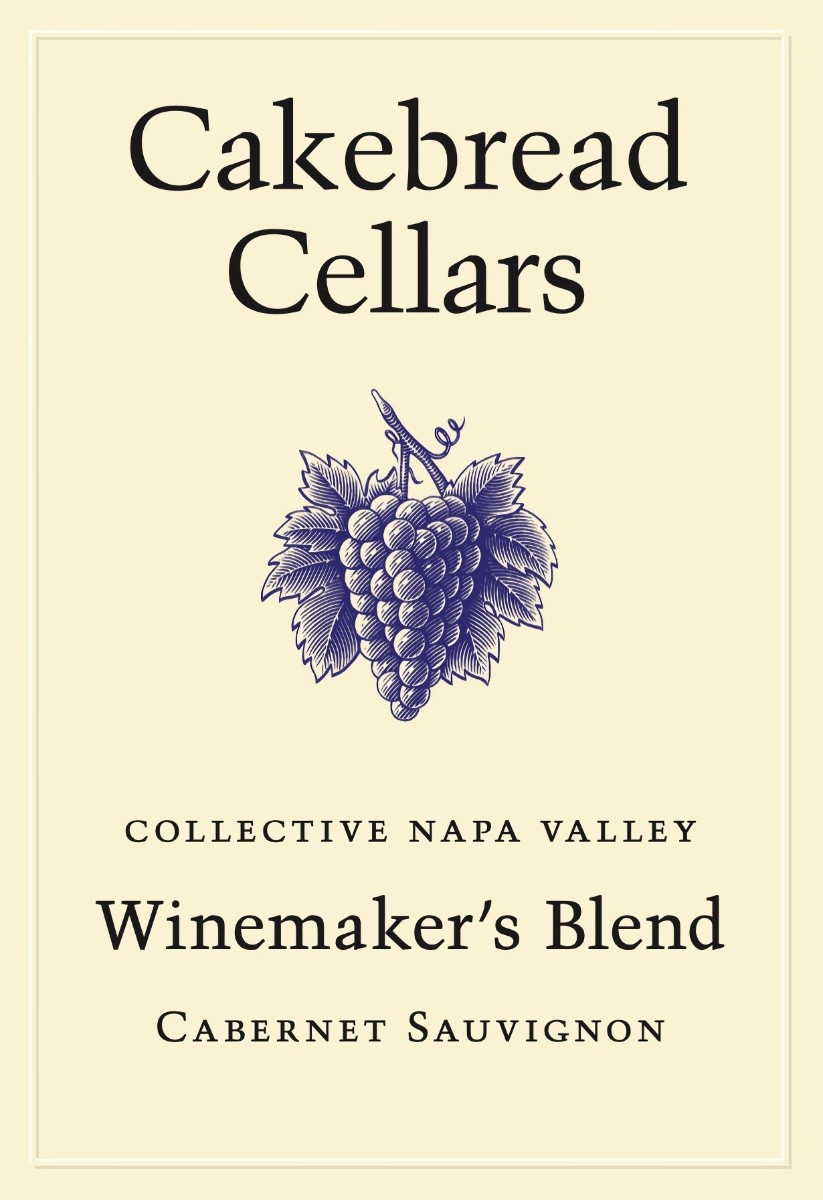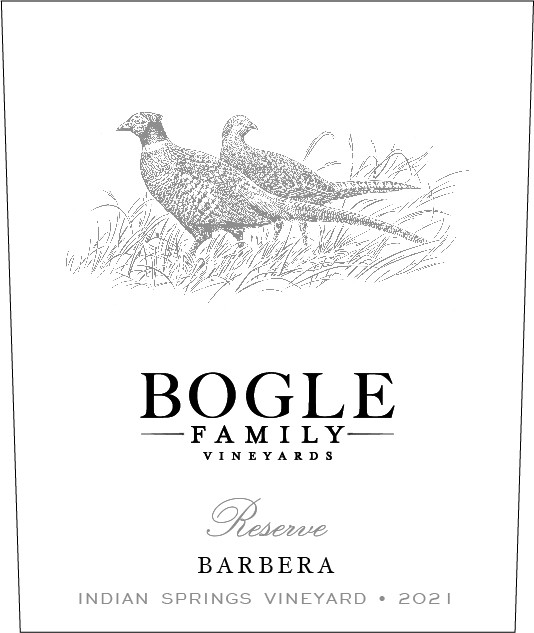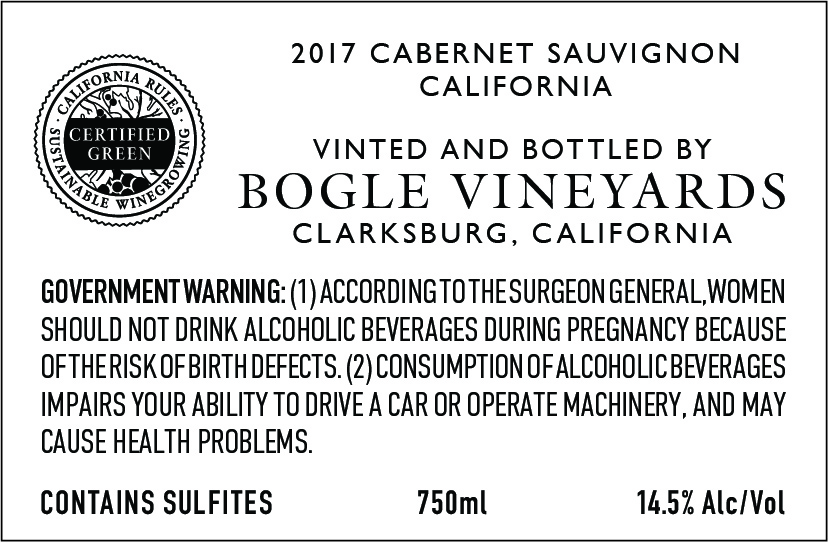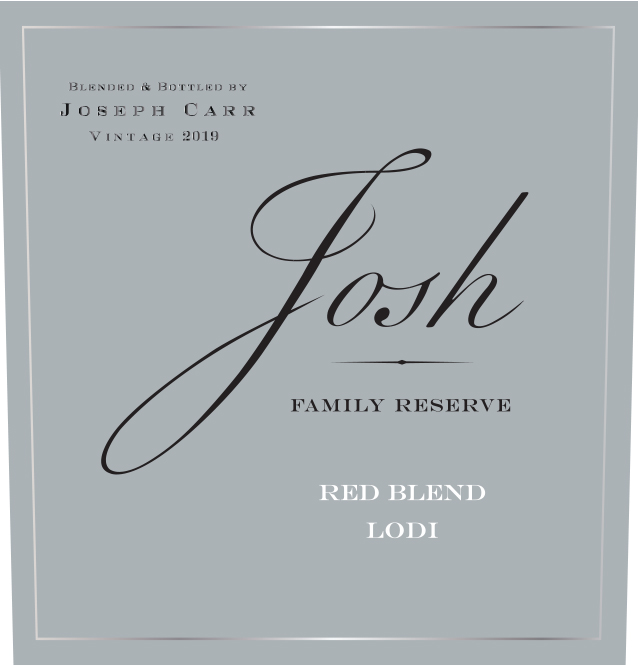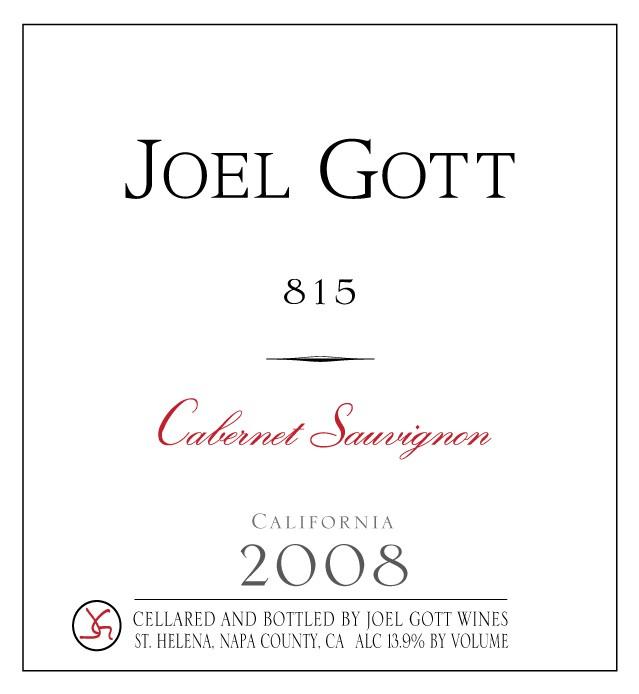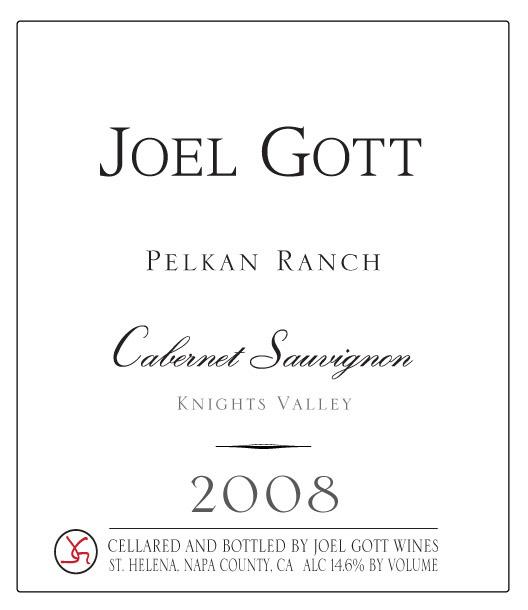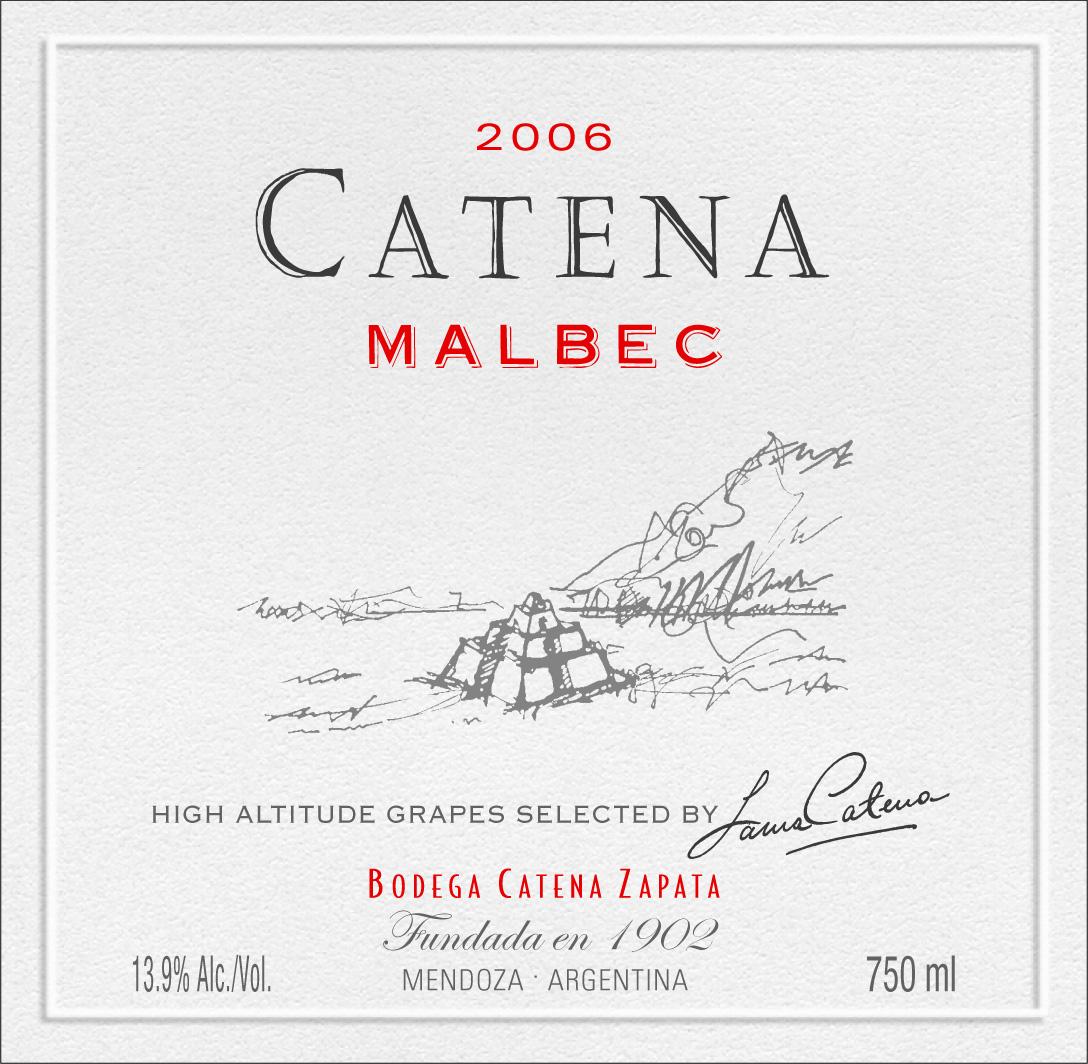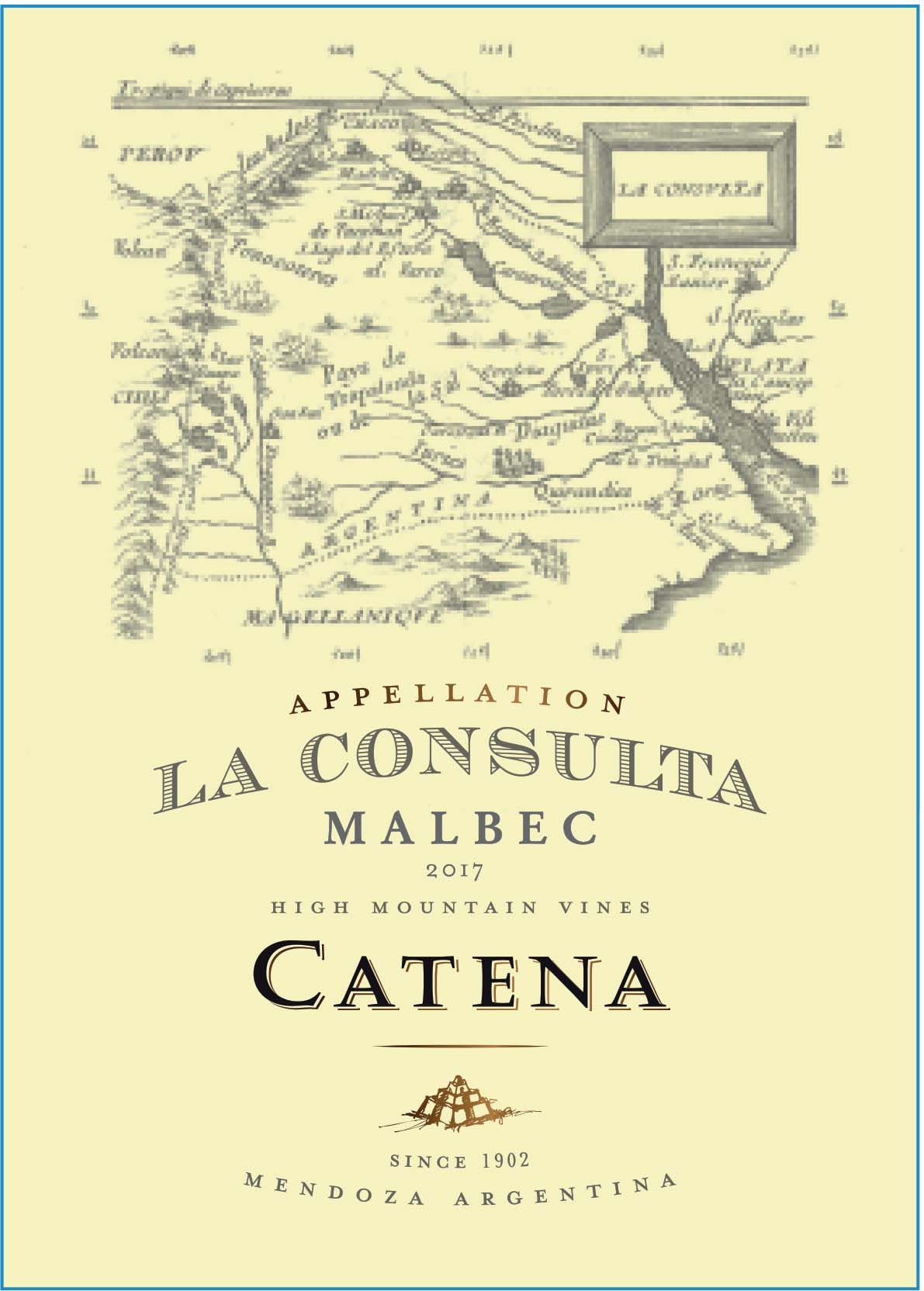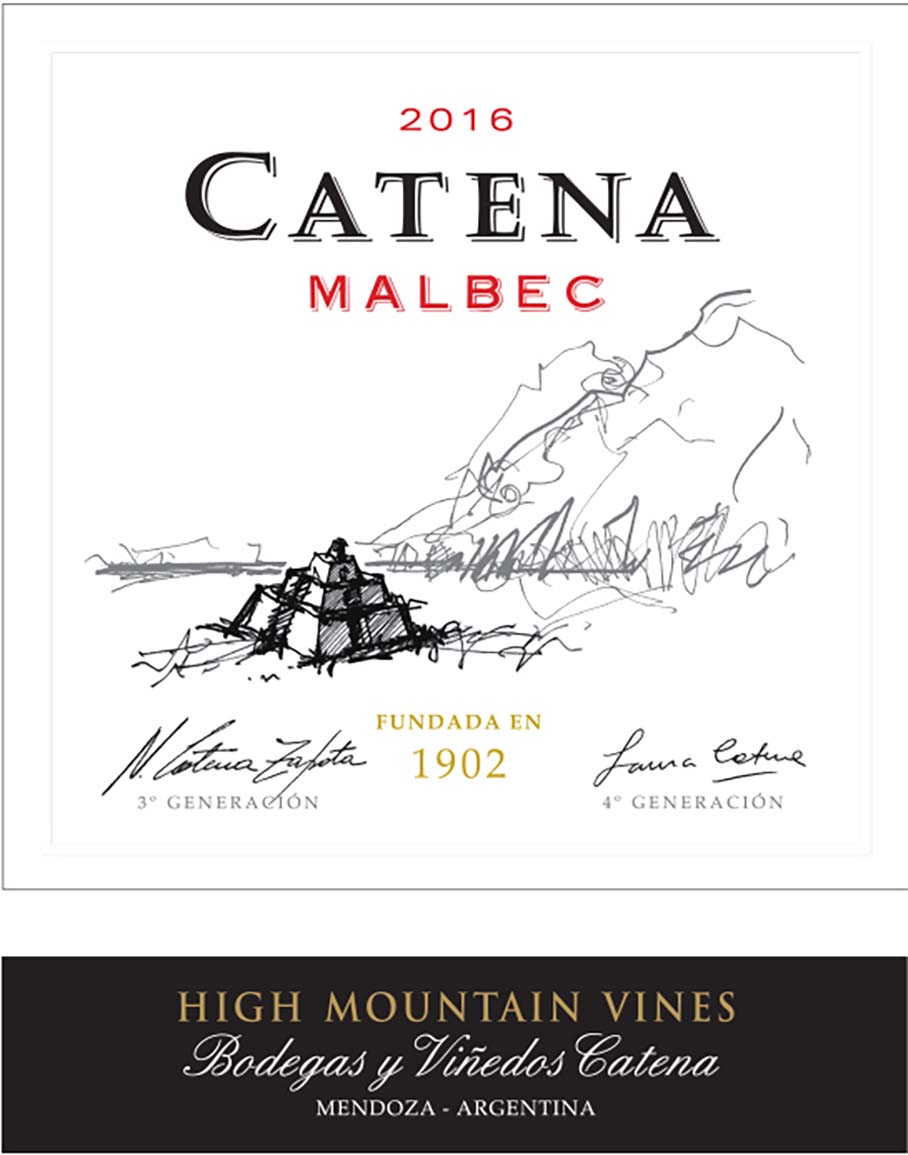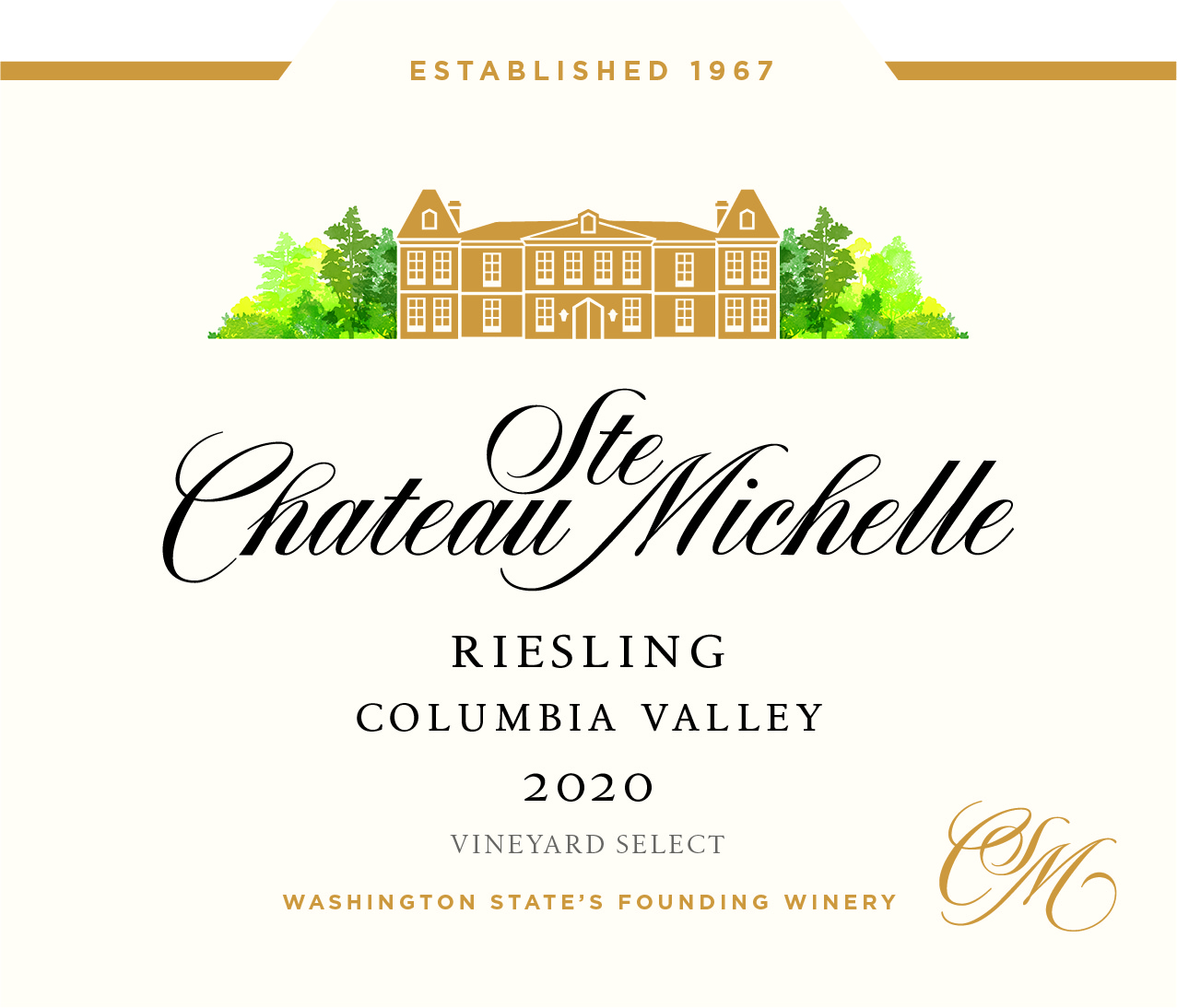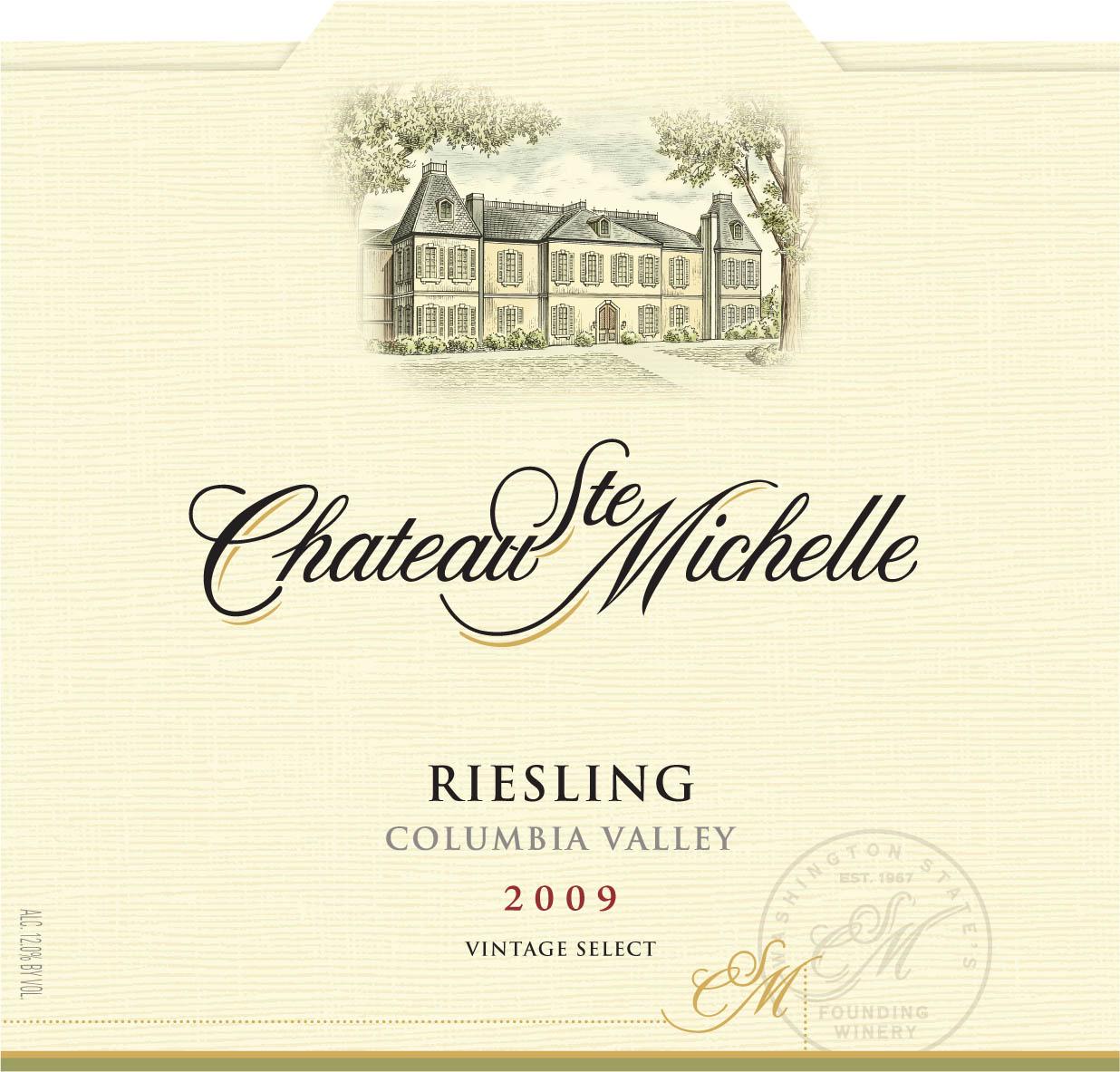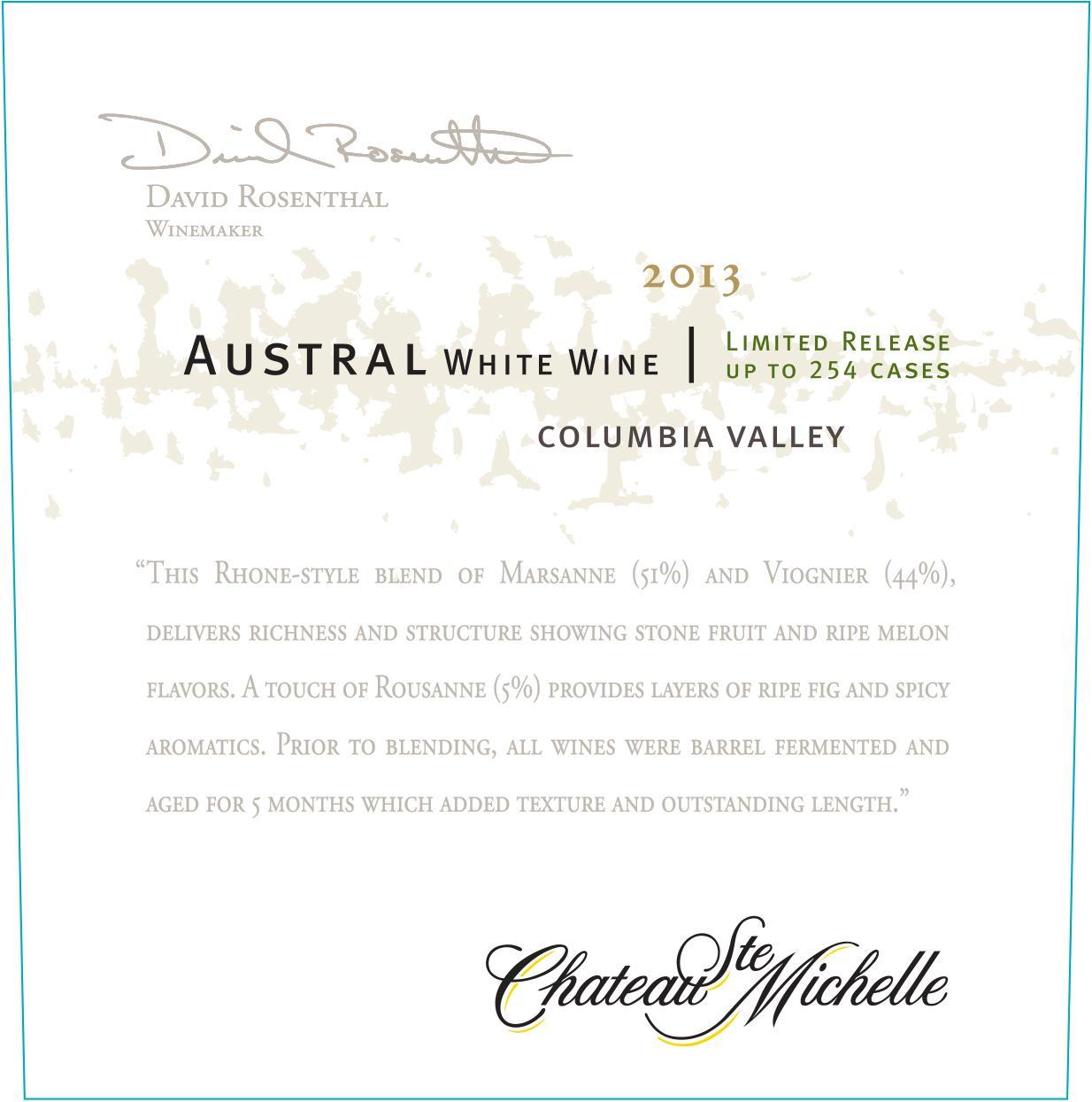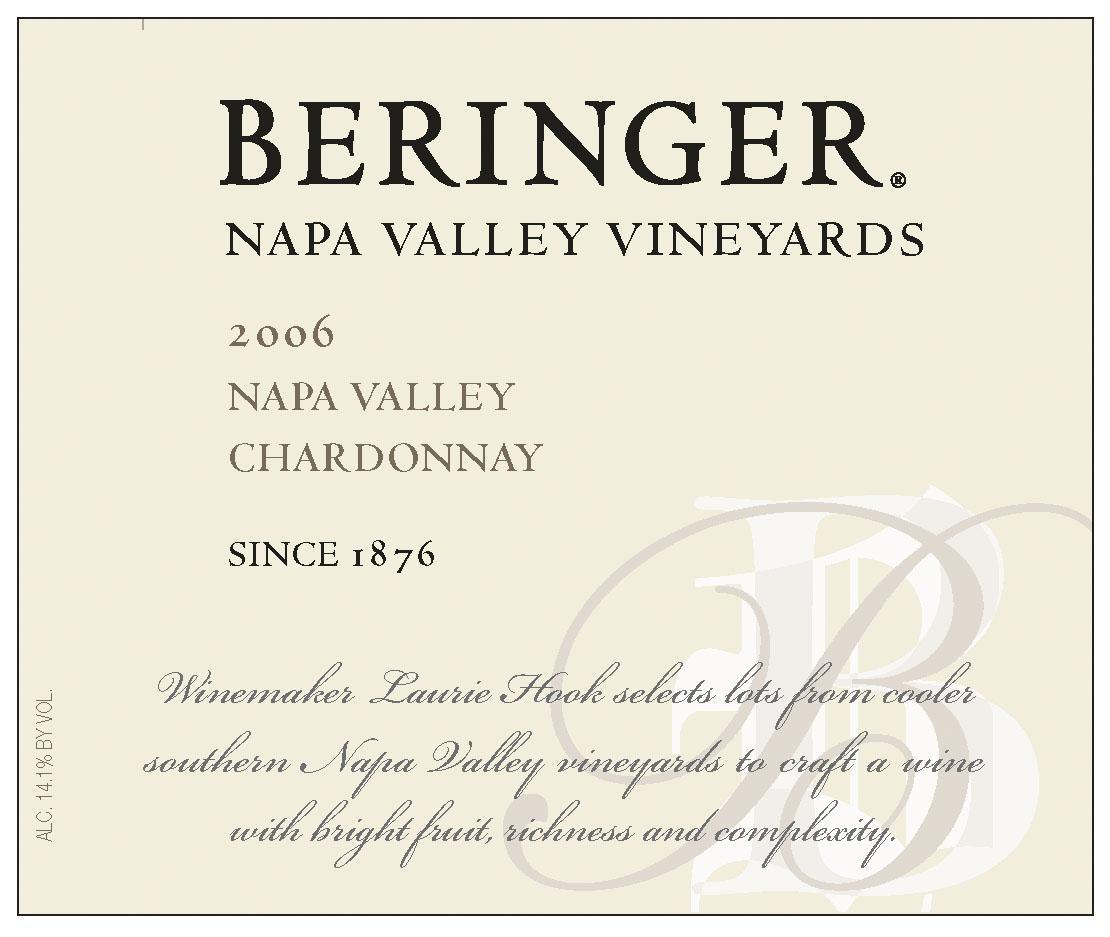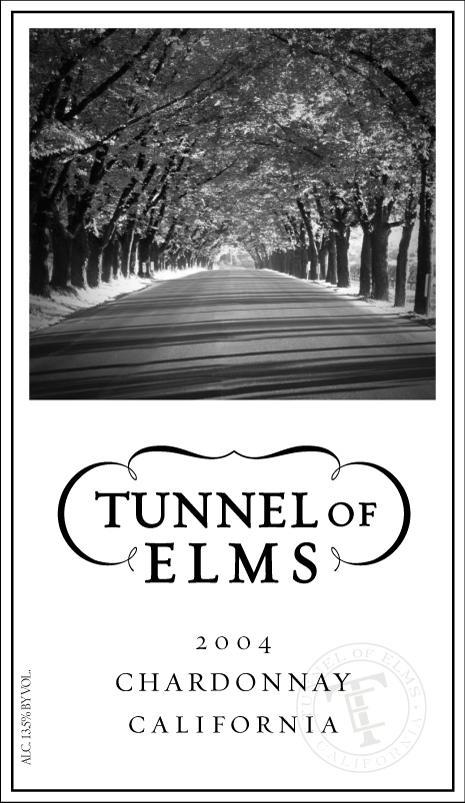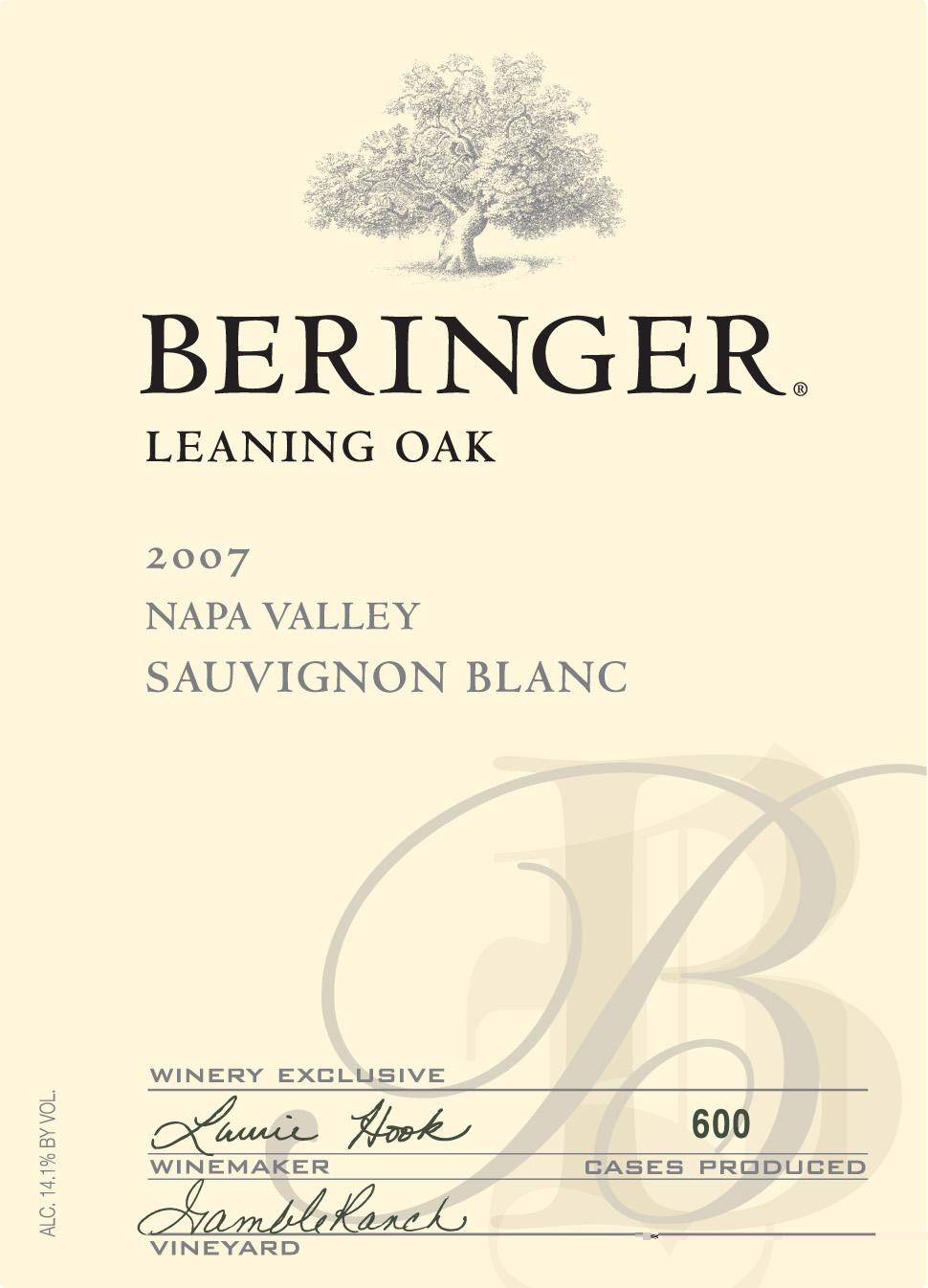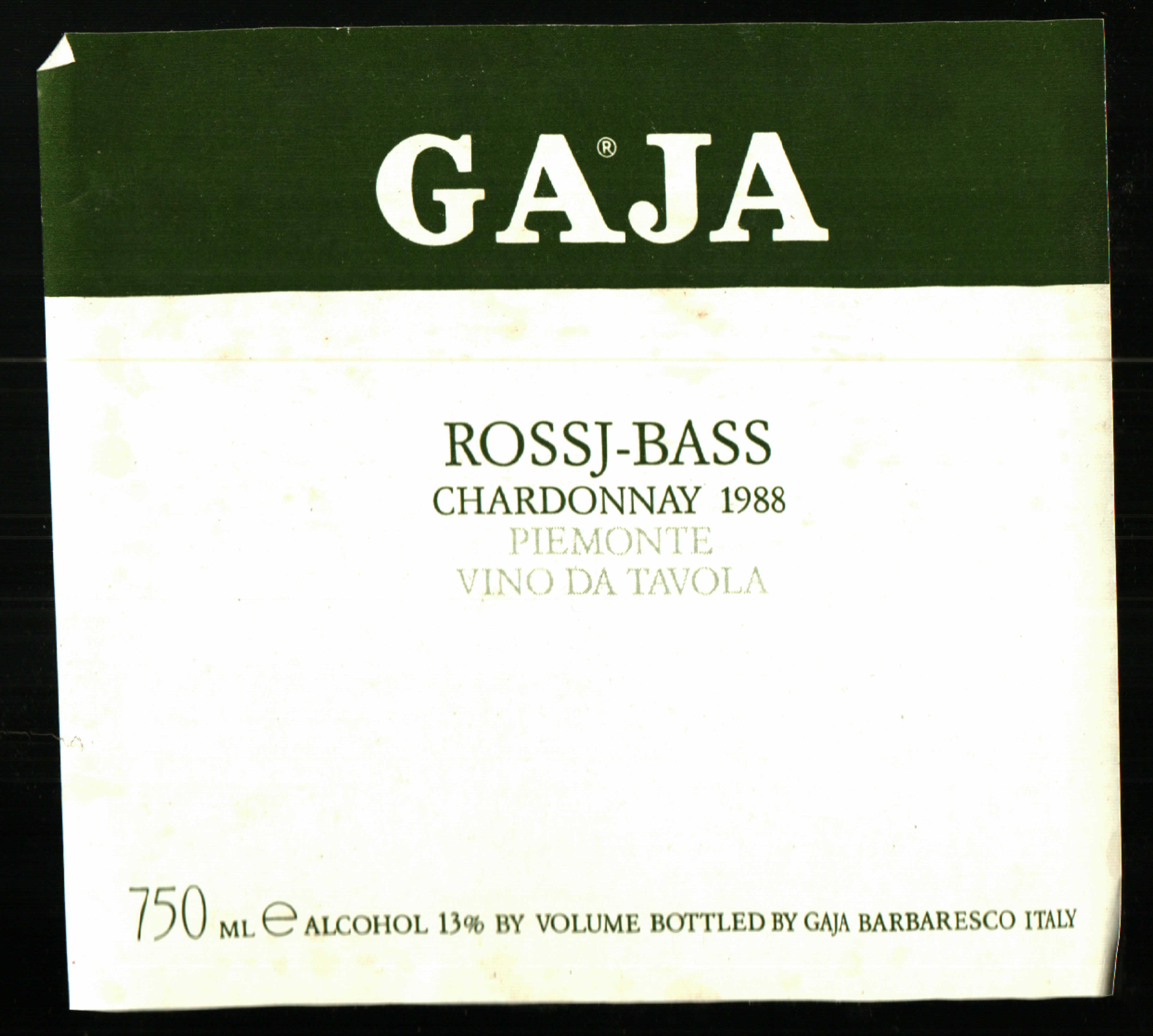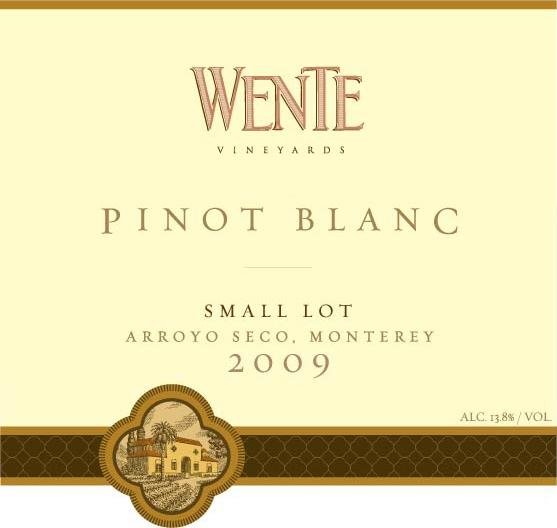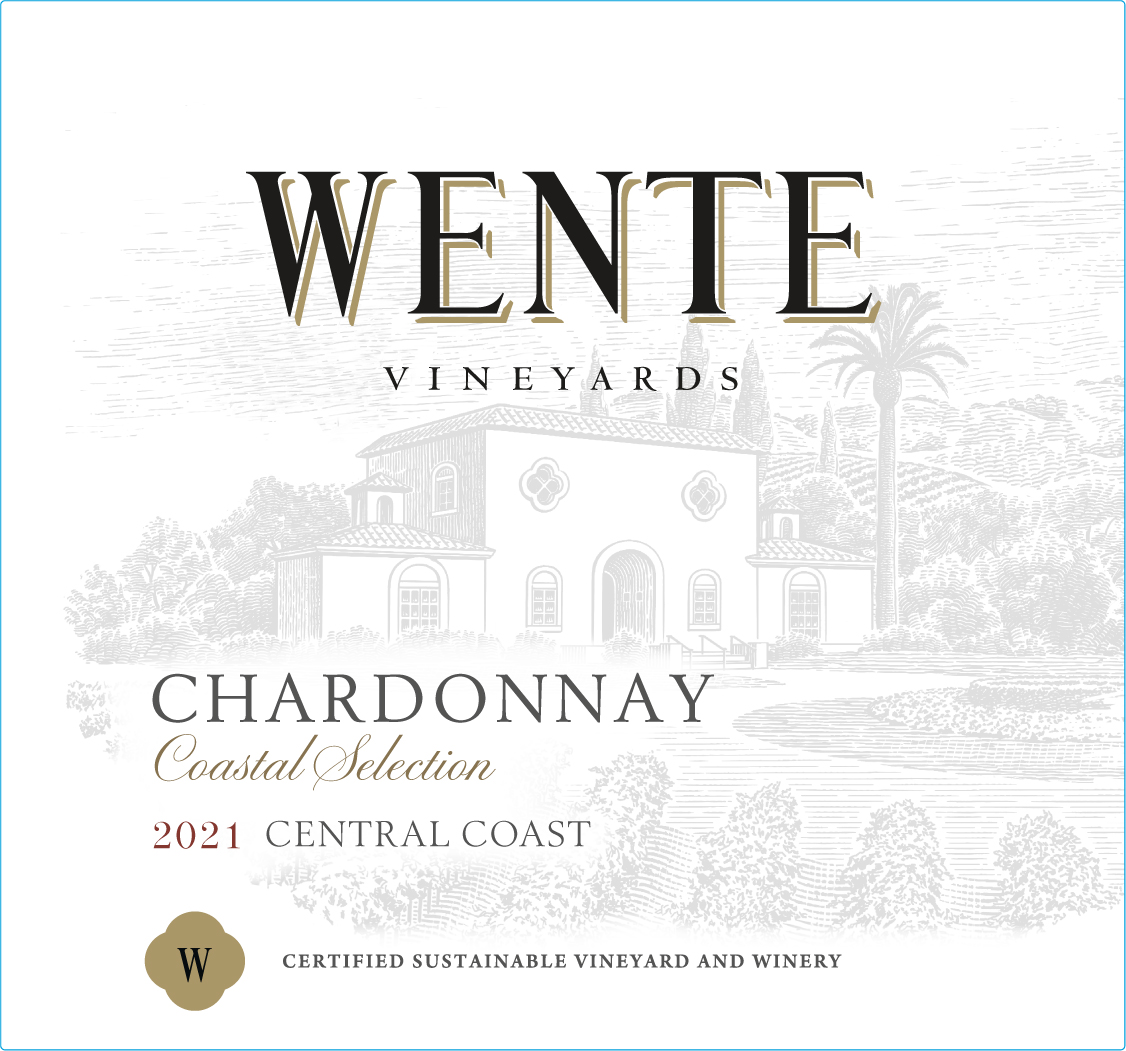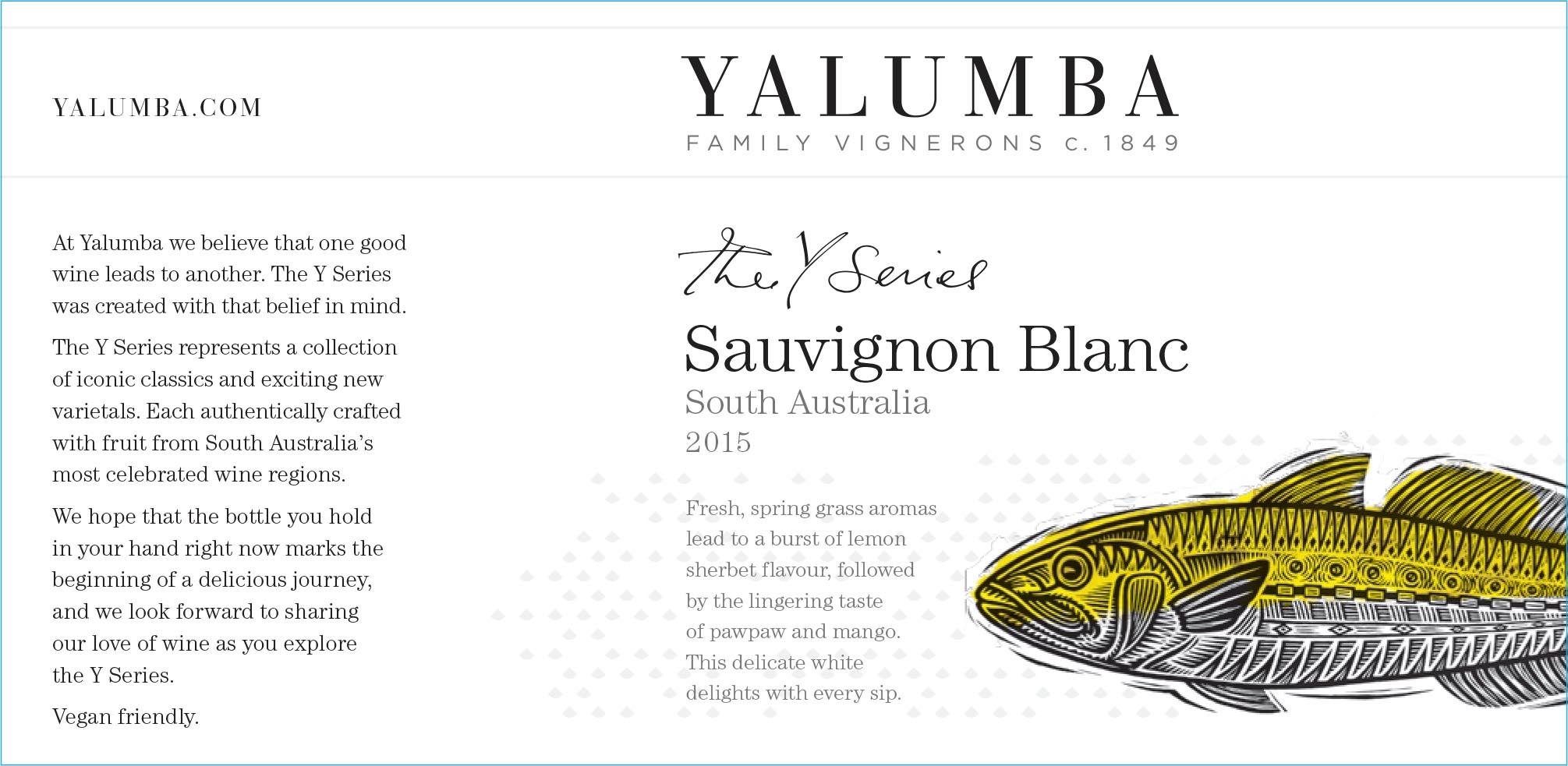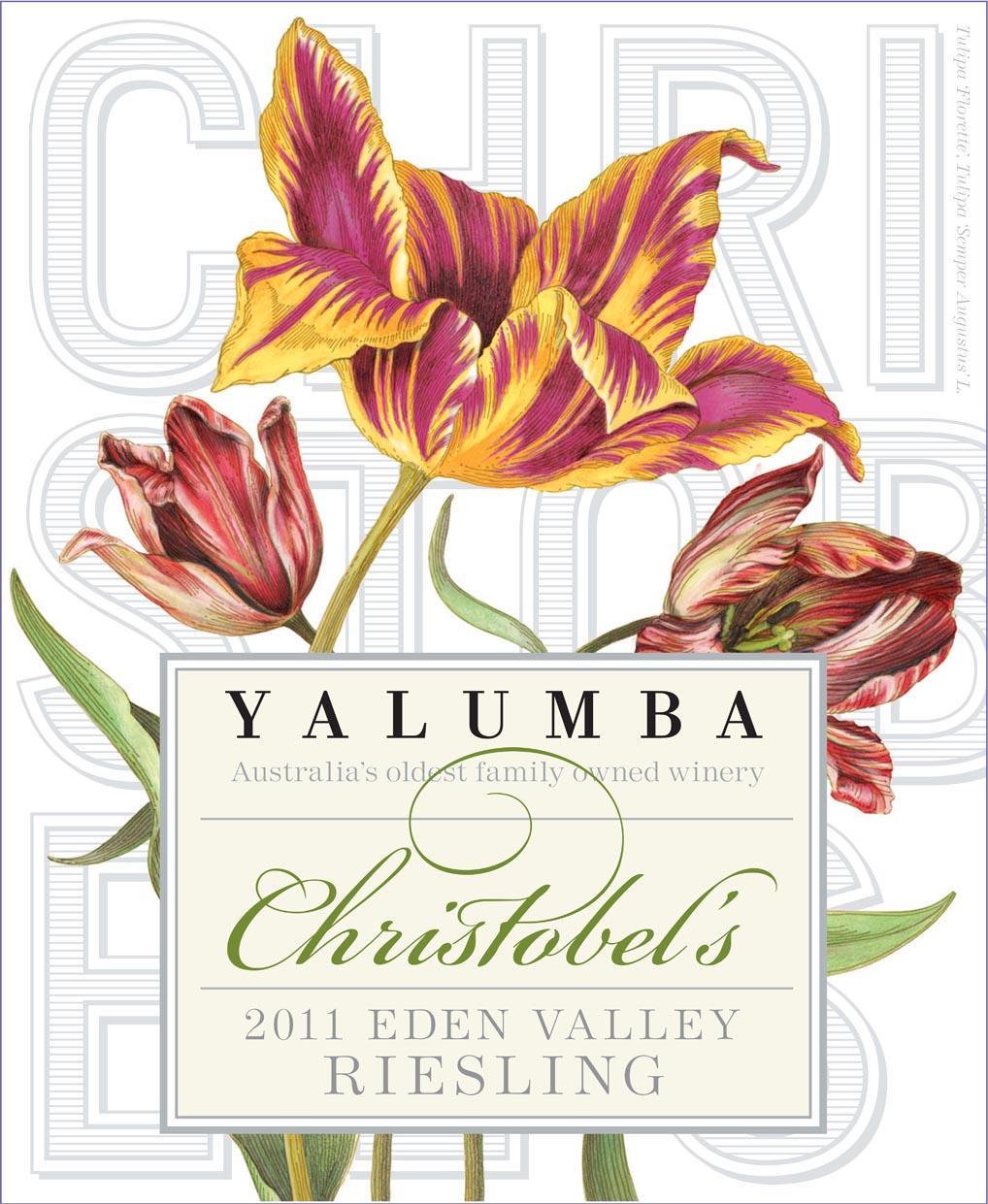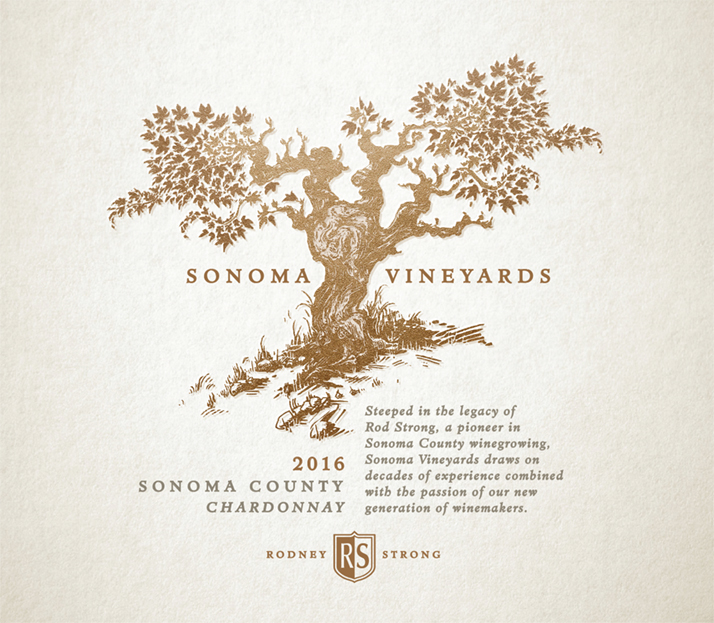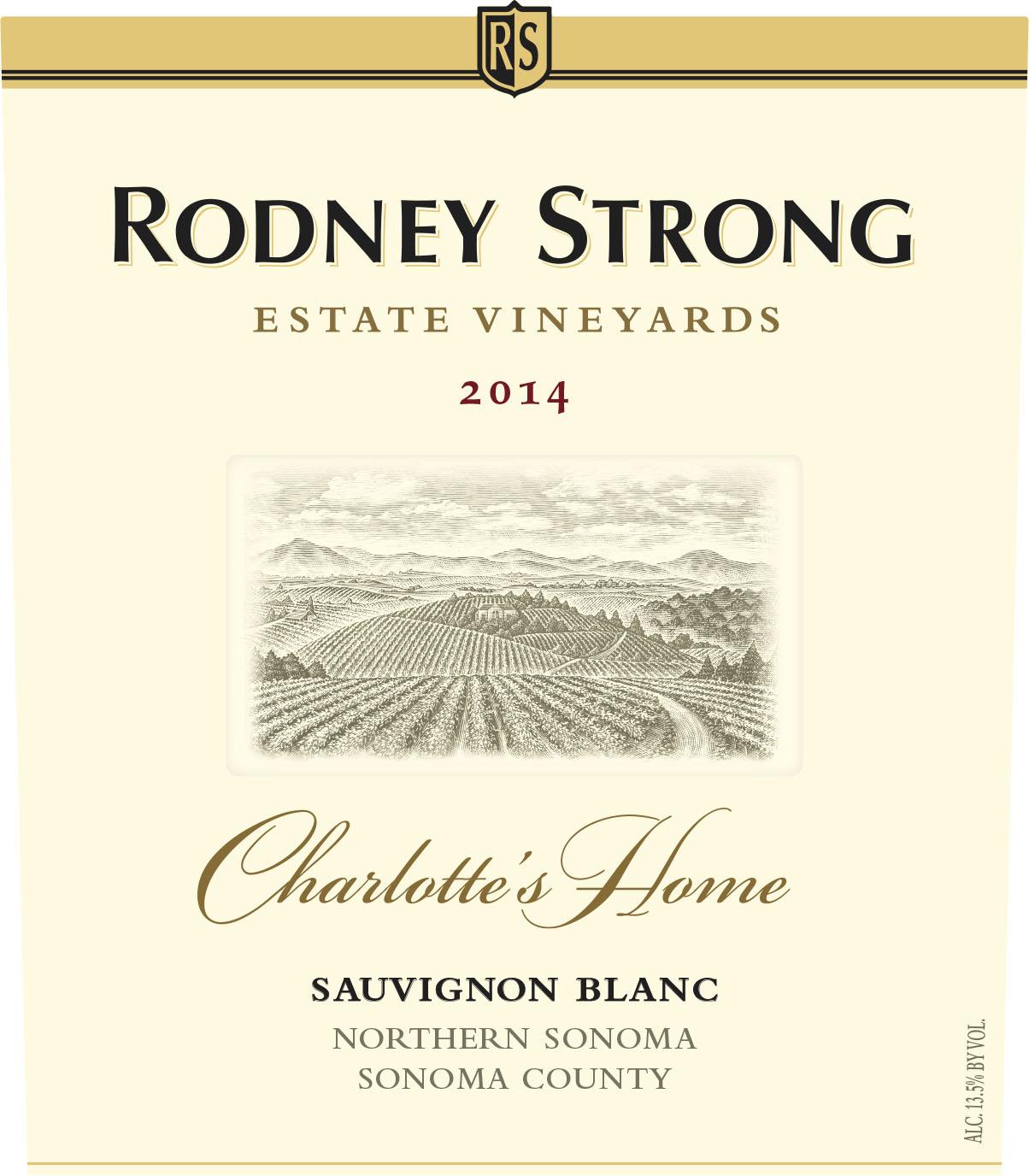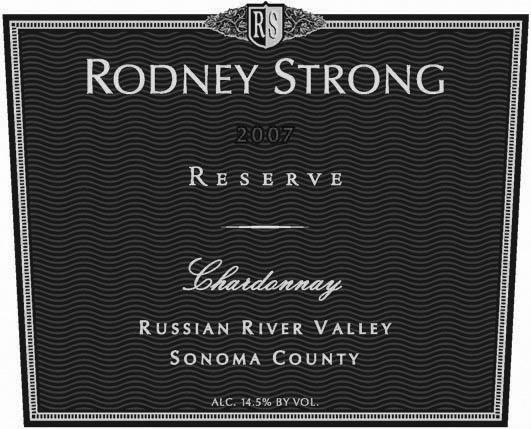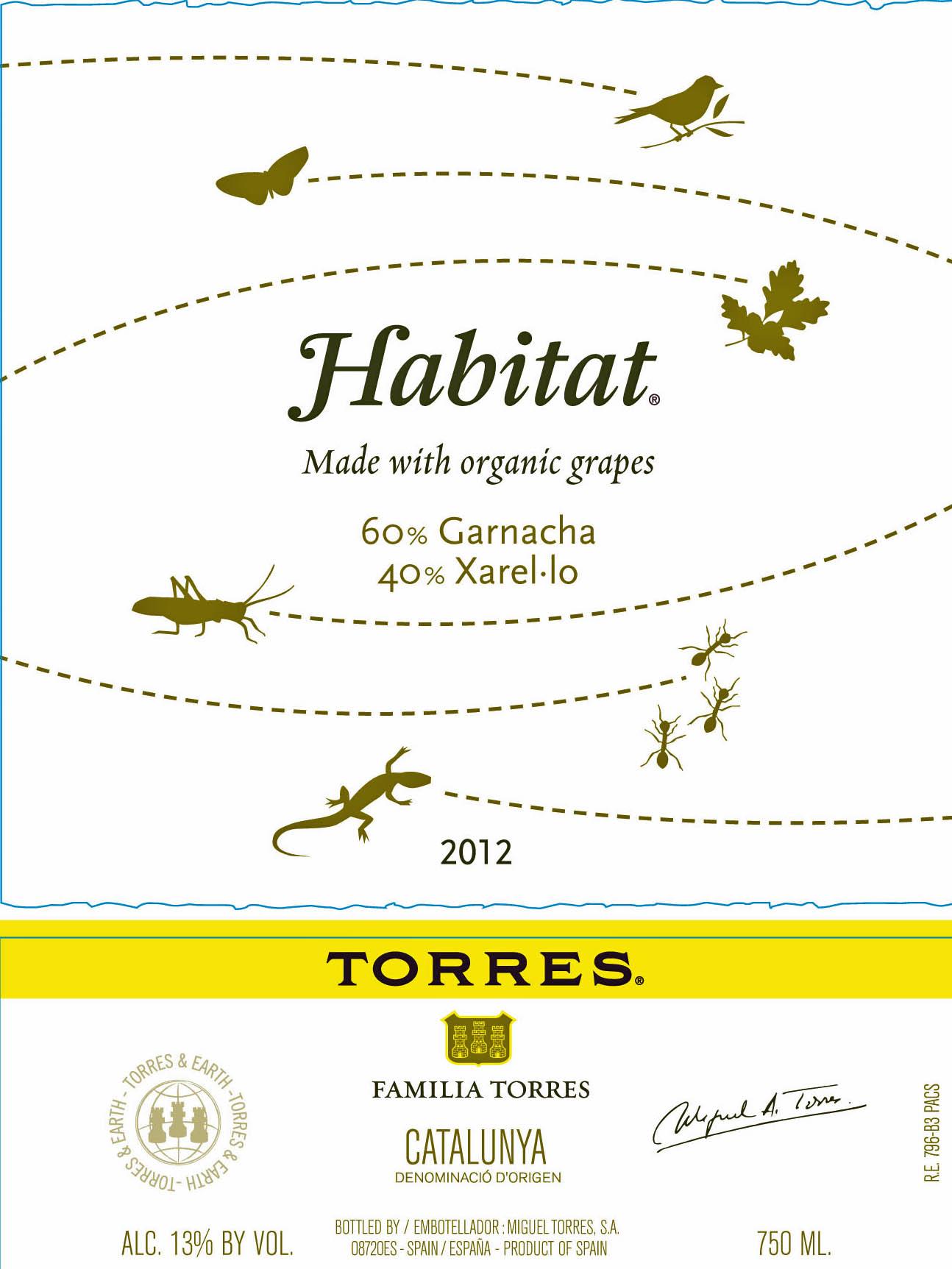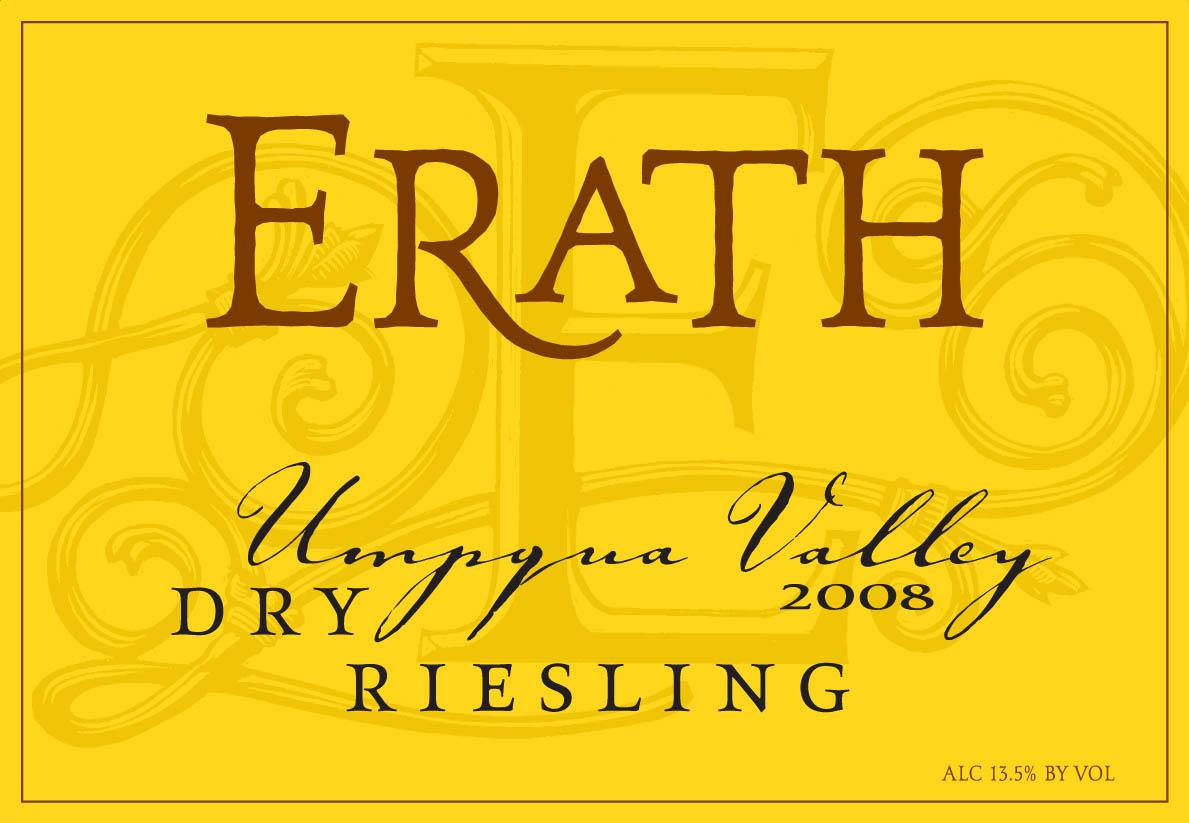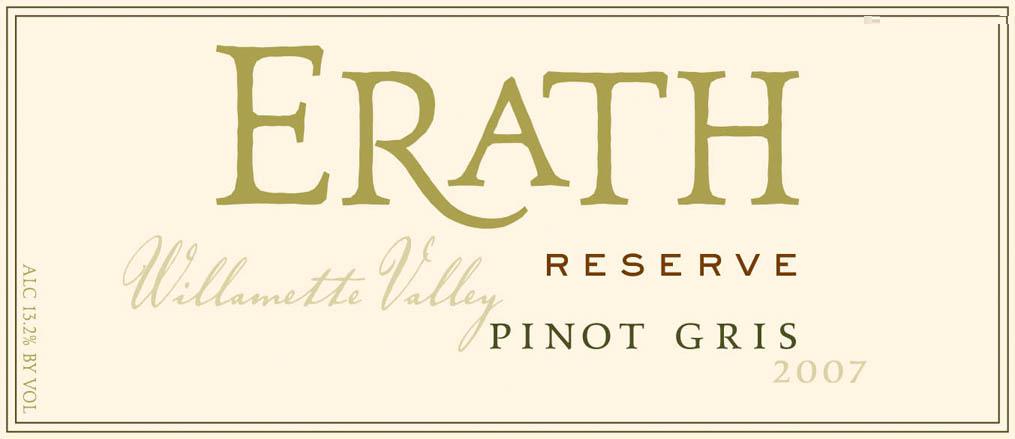Terroir of the Columbia Valley AVA
The Columbia Valley's landscape is a mix of volcanic rock, glacial deposits, and fine loess, giving its wines a unique taste. The region's sandy loam and loess soils drain well and warm up quickly, resting on the cracked basalt of the Columbia Plateau. In some spots, ancient river stones add to the soil's richness.
With a dry, continental climate, the vineyards have long sunny days and cool nights, helping grapes develop balanced acidity and ripe flavors. The area gets only 6–8 inches of rain each year, similar to a desert, which lowers disease risk and allows for precise irrigation. Elevations vary from 400 to 1,500 feet, with rivers softening the cold winters. This special mix of soil and climate lets Columbia Valley create wines that are both elegant and strong, showcasing clear varietal characteristics.
Notable Wineries in the Columbia Valley AVA
The Columbia Valley, a hub of Washington State's wine industry, is home to a range of notable wineries that highlight its rich terroir and diverse climate. Here are some key players:
-
Chateau Ste. Michelle: Known for a vast selection of wines, putting the region on the global map.
-
Columbia Crest: Offers great value wines, consistently showcasing the Valley's quality grapes.
-
Quilceda Creek: Celebrated for its outstanding Cabernet Sauvignon, sourced from top vineyards.
-
Hedges Family Estate and Kiona Vineyards: Located on Red Mountain, known for age-worthy reds.
-
Woodward Canyon and Leonetti Cellar: In the Walla Walla Valley, recognized for site-specific wines.
-
DeLille Cellars: Renowned for sophisticated blends from prime vineyards.
Sustainable Winemaking in the Columbia Valley AVA
The Columbia Valley stands out for its dedication to sustainable winemaking, leveraging its dry climate to advance eco-friendly practices. Here, careful water management is paramount. Growers use drip irrigation and strict watering schedules to make the most of limited rainfall. To promote soil health, they plant drought-resistant cover crops, which also help reduce erosion and boost biodiversity.
With less threat from fungal diseases due to the arid conditions, vineyards can minimize chemical use and employ integrated pest management. Many vineyards follow guidelines to protect local habitats, such as setting up buffer zones near water bodies. Salmon-Safe certification is common, reflecting a commitment to safeguarding waterways. In production, a shift towards energy-efficient equipment and renewable energy is widespread, along with using lighter, recycled packaging. Collectively, these efforts ensure the unique terroir of Columbia Valley is preserved for future generations.
Wine Tourism in the Columbia Valley AVA
Columbia Valley wine tourism offers a rich tapestry of experiences, blending world-class vineyards with outdoor adventures. Travelers can explore the renowned wine regions like Yakima Valley, Red Mountain, and Walla Walla through self-guided tours or curated wine trails. The area is ideal for combining wine tastings with activities like hiking, kayaking, or hot-air ballooning.
Visitors are welcomed at inviting tasting rooms and can enjoy farm-to-table events featuring local produce. Accommodations range from cozy vineyard cottages to boutique inns in charming towns like Walla Walla. Annual events such as spring barrel tastings and harvest festivals highlight the vibrant wine culture. With its stunning landscapes and diverse wine offerings, including Riesling, Cabernet Sauvignon, and Syrah, Columbia Valley provides a unique opportunity to experience the synergy of nature and viticulture, all while supporting sustainable practices that preserve the region's distinctive character.



